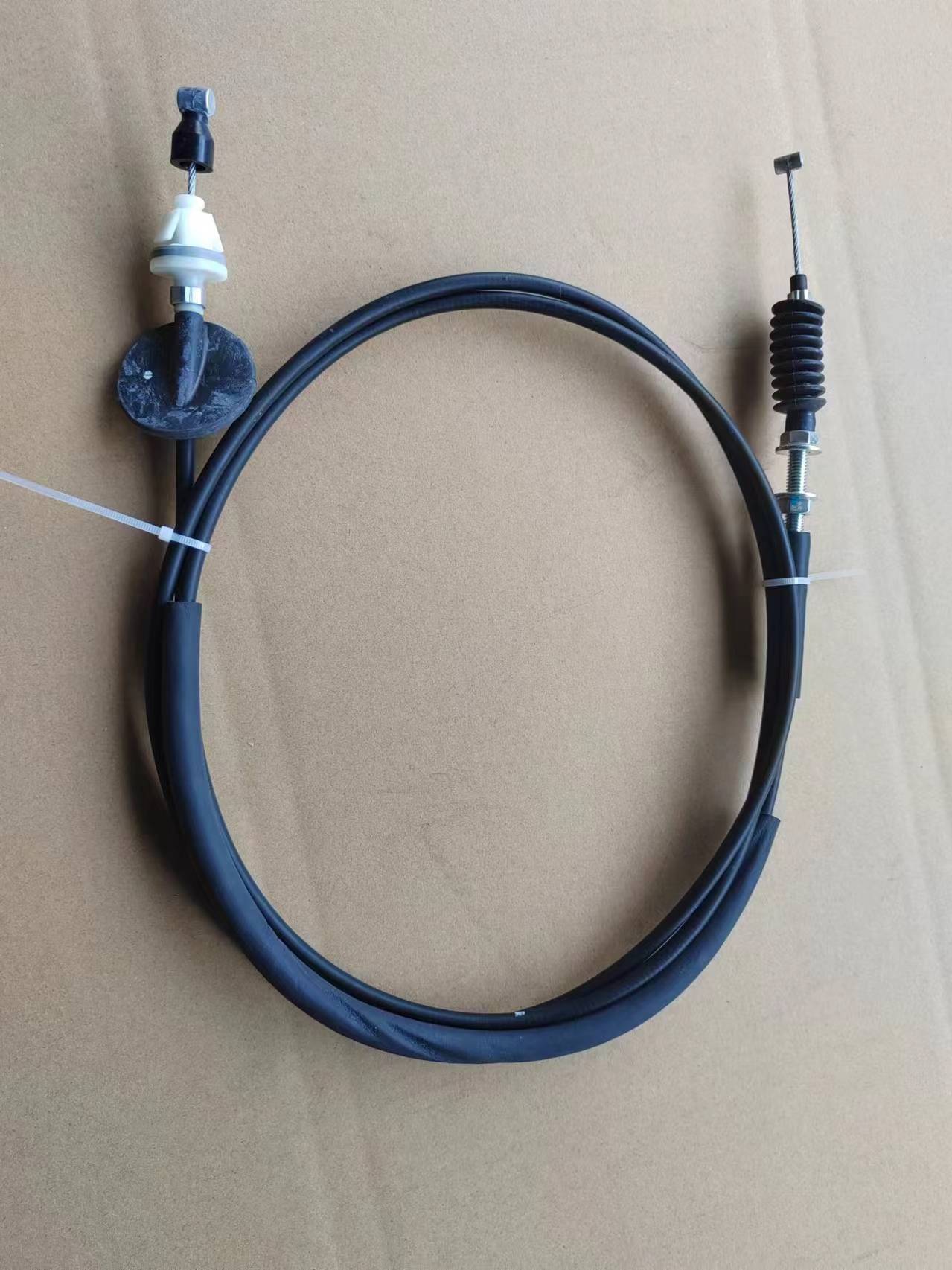car hand brake cable
Understanding Car Hand Brake Cables Importance, Maintenance, and Replacement
The hand brake, or parking brake, is an essential component in any vehicle, playing a crucial role in safety and stability when parked. Central to its function is the hand brake cable, a vital part that often goes unnoticed until issues arise. In this article, we will delve into the importance of the hand brake cable, how it works, common signs of wear, maintenance tips, and guidelines for replacement.
Importance of the Hand Brake Cable
The hand brake cable is responsible for engaging the parking brake mechanism, which clamps the rear wheels to prevent movement. It is particularly critical for manual transmission vehicles where a reliable hand brake is necessary to hold the car in place. Additionally, the hand brake serves as a secondary brake system in emergencies. Thus, a well-functioning hand brake cable is not merely a convenience but a requirement for vehicle safety.
How It Works
The hand brake system consists of several components, with the cable acting as the bridge between the driver’s action and the vehicle’s braking mechanism. When the hand brake lever is pulled, the cable tightens and transmits this force to the rear brake calipers or brake shoes. This action clutches the brake components against the wheel, immobilizing the vehicle.
Typically, hand brake cables are made from durable steel wire and are often covered with a protective layer to resist corrosion and wear. Depending on the car model, the setup might include one main cable and two subsidiary cables connecting to each rear wheel.
Signs of Wear and Tear
Like any mechanical component, hand brake cables can wear out over time. Here are some common signs that indicate it may be time for inspection or replacement
1. Increased Lever Travel If you find yourself needing to pull the hand brake lever higher than usual to engage the parking brake, it may suggest the cable is stretching or fraying.
2. Cable Fraying or Damage Visually inspect the cable for any signs of fraying, rust, or corrosion. Damage to the cable can compromise its effectiveness.
3. Poor Engagement If the hand brake does not hold the vehicle in place when engaged, this could indicate a problem with the cable or the brake mechanism itself.
4. Unusual Noises If you hear grinding or squeaking noises when using the hand brake, it may be a sign that the cable isn’t functioning correctly, possibly due to binding or seizing.
Maintenance Tips
car hand brake cable

Proper maintenance of the hand brake cable is key to ensuring its longevity and functionality. Here are some tips to keep your hand brake system in top shape
- Regular Inspection Periodically check the hand brake cable for any signs of wear, fraying, or rust
. Early detection of issues can prevent more extensive problems down the line.- Keep It Clean Ensure that the cable is free from dirt and debris, as these can cause damage or hinder performance.
- Lubrication Applying lubricant to the cable occasionally can help reduce friction and wear, allowing for smoother operation.
- Adjust the Brake Regularly check the adjustment of your hand brake. Many vehicles come with an adjustment mechanism to ensure proper tension; refer to your vehicle’s manual for guidance.
Replacement Guidelines
If you notice any concerning signs or if the hand brake cable has reached the end of its service life, replacement is crucial. Here’s how to go about it
1. Consult the Manual Before starting, refer to your vehicle’s service manual for specific instructions and specifications.
2. Gather Tools Common tools include a socket set, wrench set, and possibly a jack and stands for vehicle elevation.
3. Remove the Old Cable Disconnect the existing cable from the lever and brake mechanism, taking care to note how it is positioned for easier installation of the new cable.
4. Install the New Cable Position the new cable according to the original setup and secure it in place.
5. Test Functionality Once installed, test the hand brake to ensure it engages and releases smoothly.
Conclusion
The hand brake cable is an unsung hero of vehicle safety. Understanding its role, recognizing the signs of wear, and knowing how to maintain and replace it are vital skills for any car owner. By paying attention to this component, you can help ensure that your vehicle remains safe and secure, ready for the road ahead.
-
Workings of Clutch Pipe and Hose SystemsNewsJun.04,2025
-
The Inner Workings of Hand Brake Cable SystemsNewsJun.04,2025
-
The Secrets of Throttle and Accelerator CablesNewsJun.04,2025
-
The Hidden Lifeline of Your Transmission Gear Shift CablesNewsJun.04,2025
-
Demystifying Gear Cables and Shift LinkagesNewsJun.04,2025
-
Decoding Clutch Line Systems A Comprehensive GuideNewsJun.04,2025
